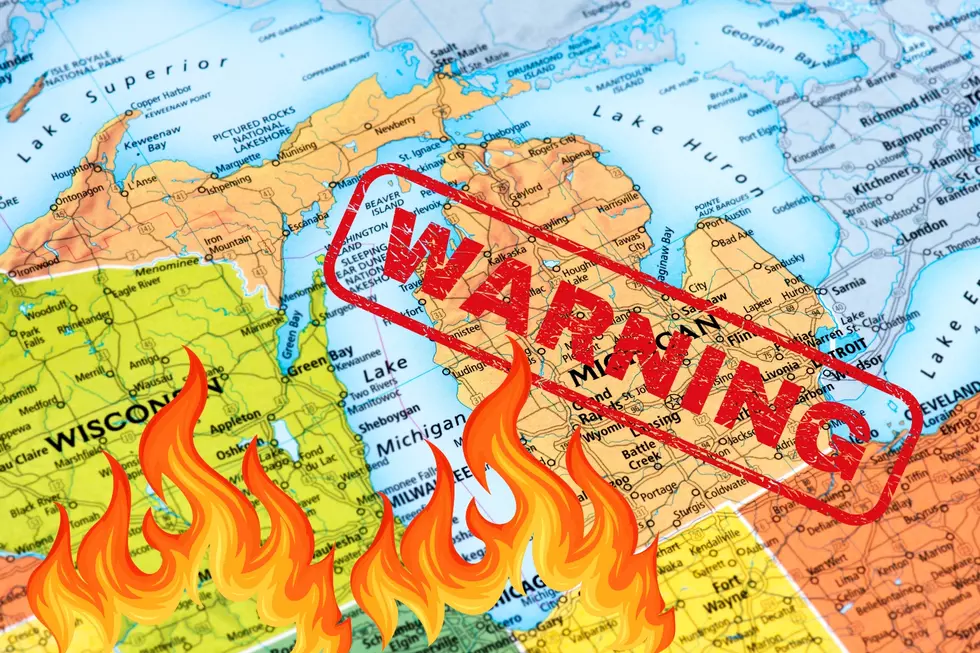
Seriously? Michigan Will Warm Up to 70 Degrees This Week
It looks like parts of Michigan will finally start to warm up this week. Unfortunately, it won't last long.
As of right now, parts of Michigan, including Genesee County are expected to warm to 70 degrees this week.
Before you get too excited, keep in mind this is Michigan and things could change by the time I finish writing this article.

What Day Will Michigan Warm Up?
On Wednesday parts of lower Michigan could see things warming up to 70 degrees. However, that's not going to be the case for Michigan's Upper Peninsula where temps will only warm up to the 40s.
Along with those warmer temps in Genesee County, we'll also see some rain with a chance of thunderstorms as well.
See Also: 20 Must-See Rock Concerts Coming to Pine Knob This Summer 2023
Here's how things are looking for the entire week.
Monday - Partly sunny and 61
Tuesday - Scattered thunderstorms and 52
Wednesday - Scattered thunderstorms and 70
Thursday - Partly sunny and 43
Friday - Partly sunny and 49
Only in Michigan do we see temps in the 70s one day and in the 40s the next.
When I first started to write this article, weather websites were predicting temps would hit 72 degrees on Wednesday. By the time I was done, the prediction dropped two degrees. Heck, by the time you read this, they could be calling for snow. Let's hope that doesn't happen though.
It'll be interesting to see what changes between now and Sunday.
Even though we had it pretty good this past winter, I think Michiganders are itchin' for things to warm up.
KEEP READING: Get answers to 51 of the most frequently asked weather questions...
Michigan Man Captures Breathtaking Photos of U.P.'s Winter Wonderland
10 Snowiest Cities In Michigan
LOOK: The most expensive weather and climate disasters in recent decades
More From Banana 101.5









